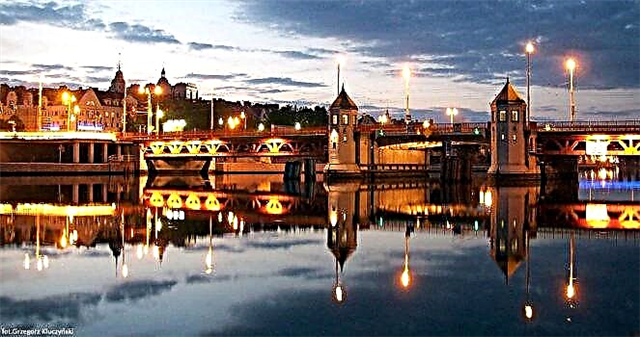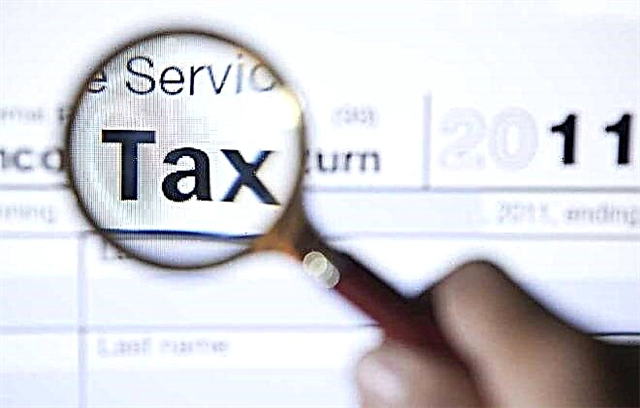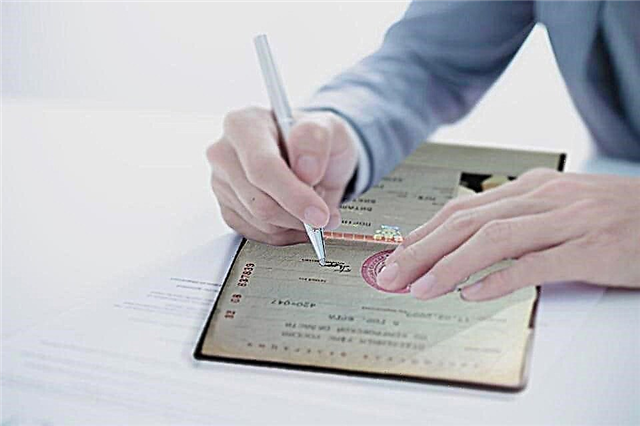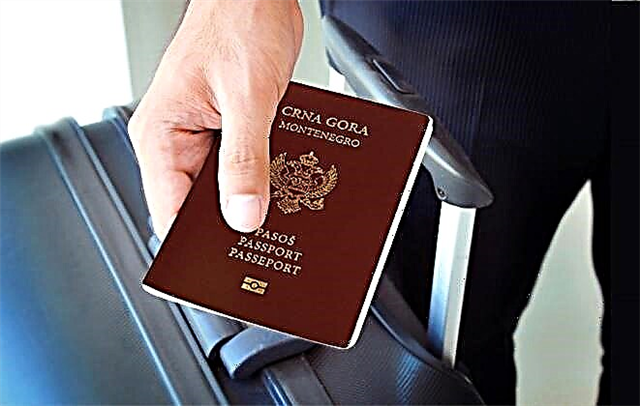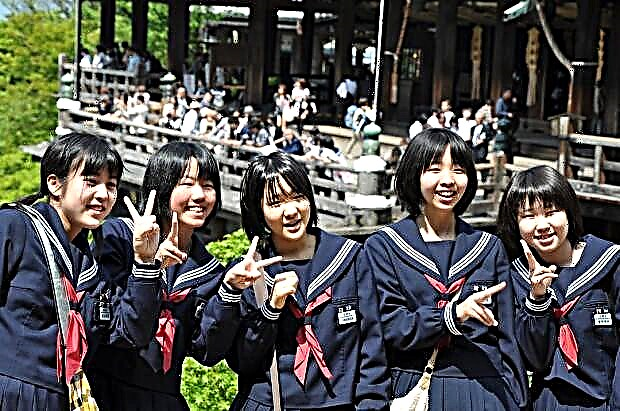The Japanese are convinced that quality education and discerning upbringing are the keys to their success in the economy, culture, innovation, technology and art. Judging by the results that the Land of the Rising Sun has achieved in the listed areas, there really is no need to argue with this statement. Education in Japan has special principles and begins in early childhood.

How the Japanese educational system works
Until the 13th century, a system that was analogous to the Chinese model worked in Japan.
The article "Features of the Chinese education system" will tell about modern approaches to the formation of the education system in the People's Republic of China.
After it fell into decay, homeschooling was widespread in the state for a long time. Elementary school could be completed at monasteries.
For many centuries, the way the younger generation was taught did not succumb to any outside influence, as a result of which a system completely different from other models appeared. The adaptation of Western principles and methods did not begin until 1868.
Today, the level of education in Japan has reached heights that make it possible to classify the system as one of the most demanded in the world.
The learning process is divided into several stages:
- preschool;
- Primary School;
- medium;
- older;
- higher education.
The academic year begins in April and is divided into 3 semesters. There are three vacation periods: summer (30 days), spring and autumn. Pupils study free of charge only in elementary and secondary schools of the state type. To study at the university, you must pass an exam in Japanese - Nihon ryugaku shiken or Nihongo noryoku shiken.
From a young age, children develop a sense of collectivism and love of work. The latter is even manifested in the fact that school and school grounds, including toilets and public places, are cleaned by students on their own.
Features of primary school
Children study at school from the age of 6. Up to this age, babies can attend small childcare centers or kindergartens. The first accepts pupils starting from three months, but the decision on admission is the responsibility of the municipal authorities. The advantage is given to children from inferior or low-income families.
The first accepts pupils starting from three months, but the decision on admission is the responsibility of the municipal authorities. The advantage is given to children from inferior or low-income families.
Kindergarten is accepted only from the age of three. Stay in the garden is only possible for half a day.
Children are taught to write, read and count. Particular attention is paid to the development of communication skills. This is achieved thanks to the reorganization of the groups and the change of teachers every six months.
Kindergartens are public and private. But this does not affect the cost of services: it ranges from 11 to 55 thousand yen per month (100-500 US dollars). Preschool education is optional in Japan.
All schools in the country are subordinate to the Ministry of Education. They are also divided into private and public. Primary school education is free for all children regardless of citizenship.
A private educational institution can cost 400 thousand yen per academic year (approximately $ 3.5 thousand). This stage ends at 12 years old. The list of compulsory disciplines includes:
- Japanese language;
- mathematics;
- English;
- physical education;
- art;
- protection of the safety of life.
In the third grade, the list is replenished with the humanities and natural sciences. School uniform is optional. But such attributes as an umbrella, a panama hat and a bright yellow raincoat, a child should always have with him.
High school
Secondary education can be roughly divided into two stages: lower secondary and upper secondary school (or incomplete and complete secondary school). The first step is also compulsory and free. But you can graduate from high school only for money.
At this stage of education, students have a choice:
- complete senior high school;
- go to a vocational or technical college.
School uniforms are provided in secondary school. Even the color of the socks is stipulated, which can only be blue, white or black.
In junior high school, children study from 12 to 15 years old. The list of compulsory disciplines includes:
- Japanese language;
- algebra / geometry;

- English;
- history;
- physics;
- Social Studies;
- biology;
- geography;
- chemistry;
- physical education;
- art.
Most schools introduce subjects such as pacifism and regional history. Children take exams after each semester in basic subjects. During the first two study periods, cross-sections of knowledge in English and Japanese and algebra are conducted.
High school no longer belongs to the compulsory stage, but about 95% of students attend it, since the main goal of a Japanese student is to enter a university.
The list of the above subjects in high school is supplemented by computer science, economics, ancient Japanese, and world history. The following subjects are available for the choice of students:
- agronomy;
- foreign languages;
- medical training;
- fundamentals of industrial business.
Public schools in Tokyo and other Japanese cities cost approximately ¥ 1,600 ($ 15) each month. In private institutions, the price can go up to $ 30 thousand per year.
High school students take exams 5 times during one academic year. National tests are awaiting graduates.
Only those who show positive results are admitted to university exams. By the way, the Japanese find testing extremely difficult. Many people have to additionally study with tutors in order to pass the tests.
To prepare for the final exams in Japan, there are special schools - juku. Here, children are offered courses in basic subjects. For which of them to sign up, the student decides for himself.
Classes are held in the evening several times a week. Almost all schoolchildren study in juku, and the profits that these schools receive can only be compared with the budget that Japan allocates for the armament of the army.
Compare the Japanese education system, for example, with the American one will help the article "Features of the education system in the United States."
Vocational colleges are for those who do not want to attend high school. This stage takes 5 years. Upon completion of their studies, students receive a specialty with which they can immediately start working.
If desired, they can go to university and continue their studies. If you choose a specialized university, you can immediately enroll in the third year. College tuition fees range from 350,000 to 1,400,000 yen (approximately $ 3-13,000) per academic year.
In Japan, inclusive education has been particularly developed. Almost every school can offer special programs for children with special needs. They are assisted in adaptation by teachers who have undergone specialized training. But at the same time, special schools for disabled children function in the country. The choice of educational institution remains with the parents.
This tactic is used in many countries to understand and solve the problems of children with special needs. We suggest that you familiarize yourself with how they approach this issue, for example, in Spain with the help of the article “The system of school education in Spain”.
Take a sociological survey!
Higher education
In total, there are about 730 institutions in Japan that issue higher education degrees. This stage involves 3 steps:
- bachelor's degree;
- magistracy;
- graduate school.
The first 2 years at the university, students master special subjects and deepen their knowledge of general disciplines.The next 2 years are devoted to professional training.
To obtain a bachelor's degree, you need to score approximately 124-150 points. Masters will need 30 points, a thesis and successful passing of exams. Doctors - 50 points, dissertation, exams.
Most universities teach in Japanese. Programs in English are available only in some universities, and therefore Russian applicants will have to think about studying Japanese in advance.
Higher education institutions in Japan also include private two-year colleges, which offer degrees in the humanities.
Choosing a university
Of the total number of universities in the country, about 460 are private institutions. The number of students exceeds 2.5 million.
There are a number of universities that can only be admitted to on someone's recommendation. But, having received a diploma from such an educational institution, you can not worry about employment.
We list only some universities according to the national ranking (in descending order):
- University of Tokyo is Todai's second name. It is considered the most prestigious educational institution in the country. The leading direction is management and law. Other faculties: humanities and natural sciences, medicine, pharmaceuticals, economics, engineering, agriculture, pedagogy. The university enjoys a good reputation among employers. According to statistics, 90% of graduates are employed within six months after receiving a diploma. Todai is one of the largest research centers in the country.
- Kyoto University - founded at the end of the 19th century, ranks second in the ranking of universities within the country. Leading areas: humanities, arts, technology, engineering, medicine and life sciences, natural sciences, mathematics, physics, management, social sciences, chemistry.
- Osaka University - located in the city of Suita, founded in 1931. Education in it can be obtained at the following faculties: engineering, art, natural sciences, humanities. The number of students is almost 22 thousand people.
- Tohoku University - has been operating since the beginning of the 20th century, located in the city of Sendai. He specializes in the training of personnel in the field of natural sciences, medicine, humanities, engineering and technology. The number of students is almost 19 thousand people.
- Nagoya University - located in the city of Nagoya, founded in 1871. The leading areas are chemistry, physics, engineering, art. About 15 thousand people study here annually.
- Tokyo Institute of Technology unites several highly specialized schools and research centers. The diploma of this university is highly regarded all over the world. Leading directions: natural sciences, medicine, management, mathematics, engineering, social sciences.
Other Japanese universities noteworthy: Hokaido University, Kyushu University, Keio University, Kobe.
When choosing an educational institution, it is important to study the information on its official website, as well as read reviews on forums and social networks where students and graduates communicate.
How to enter the university
Japanese children go to school for 12 years. Therefore, to go to study at one of the universities of the Land of the Rising Sun, a diploma of the end of grade 11 will not be enough. It is necessary for at least another year to study at a university in your home country or complete preparatory one-year courses already in Japan: optimally - at the university to which you plan to apply.
Each applicant will have to pass an exam in Japanese - Nihon ryugaku shiken or Nihongo noryoku shiken. You can take the test not only in Japan itself, but also abroad.
The first type of exam assesses knowledge of the language and the level of preparation in some school subjects. The second tests only language knowledge. To enter the master's program, you will also have to pass English and receive a TOEFL or IELTS certificate.
Package of documents
For admission, you must prepare the following package of papers:
- Statement.
- Diploma of completion of the first year of the university at home.
- School certificate.
- Autobiography.
- A copy of your international passport.
- Photo.
- Certificate of passing language exams.
- Medical certificate of health status.
- Recommendations from the Japanese teacher and from the school teachers.
There is no need to confirm a diploma from a Russian university. You just need to translate it and notarize it. Submission of documents is carried out in July – August.
Obtaining a visa
To get higher education in Japan, you will have to apply for a student visa. To do this, you first need to obtain confirmation of enrollment from the educational institution. Next, you should prepare the documents:
- Visa application (can be completed in English).
- Foreign passport and its copy (the validity period of the identity card must be enough for the entire period of stay in the country).

- Civil passport and its copy.
- Entry permit from the Ministry of Justice (Certificate of Eligibility). The educational institution should provide it.
- Photo.
- Financial guarantees (account statement or letter from sponsor).
- Insurance.
- Medical certificate.
- Certificate of no criminal record.
- Confirmation of availability of a place to stay.
Documents are submitted to the Japanese diplomatic mission in the student's homeland. If necessary, the consulate may request additional papers. The consular fee is not paid by the citizens of the Russian Federation.
The article “Everything you need to know about a student visa” will tell you in detail about all the issues related to applying for a student visa.
How much does it cost and how long does it take to study at a Japanese university?
The duration of study at all universities in Japan is the same:
- Bachelor's degree - 4 years.
- Master's degree - 2 years.
- Doctorate - 3 years.
Students study medical and veterinary specialties for at least 6 years.
The cost of studying in Japan for foreign students ranges from 4 to 7 thousand US dollars per academic year. The amount of payment depends on the educational institution and the chosen specialty.
The most expensive will be to study at the faculties of medicine, economics, engineering, philology and business.
Accommodation costs should also be taken into account. To study in Tokyo, you will need a larger budget than cities far from the capital. For comparison, here is an estimate of the cost of living in the table (in US dollars per year):
| Expenditure item | Tokyo | Kyoto |
|---|---|---|
| Hostel | 8000 | 7000 |
| Communication and Internet | 400 | 300 |
| Nutrition | 4500 | 4000 |
| Transport | 1500 | 1300 |
| Tutorials | 1500 | 1500 |
| Personal expenses | 3200 | 3000 |
| Medical insurance | 900 | 900 |
| Total | 20000 | 18000 |
Is it possible to get a scholarship or grant
 Many applicants are interested in whether it is possible to study in Japan for free. Yes, there is such a possibility. But only talented students who have passed a rigorous selection and tough competition will be able to use it.
Many applicants are interested in whether it is possible to study in Japan for free. Yes, there is such a possibility. But only talented students who have passed a rigorous selection and tough competition will be able to use it.
So, for example, in universities there is a program "Researcher", within the framework of which you can get a grant to work on a project. But for this, the stated research must be the best. In total, 3-4 such grants are issued per year.
In addition, university students can apply for the following scholarships:
- Scholarship from the Ministry of Education - only citizens of countries with which Japan maintains diplomatic relations can receive it. The payment amount is 1 thousand dollars.
- Matsumae International Foundation Scholarship - Candidate must have a PhD. The financial payment fully covers the costs of tuition, travel, accommodation and meals.
- The scholarship from the Honyo International Foundation is designed for candidates under 30 years of age with basic knowledge of the Japanese language and with high academic performance.
Many universities in the country also take part in student exchange programs. But for this you need to be a student of a university that is somehow connected with Japan.
How students live
Most Japanese universities have their own hostels.Foreign students can also apply to settle in them, but you need to take care of this in advance, since the number of places is limited.
Accommodation in a student residence will cost an average of $ 250-400.
Those who do not get a room or a place will be forced to rent an apartment. This type of accommodation can result in a budget of $ 700 to $ 1,000 per month, depending on the city.
And renting a house is not so easy, since apartment owners often ask for a deposit in the amount of payment for 6 months of residence.
Students usually eat in university canteens. They have affordable prices. Off-campus, the simplest lunch will cost about $ 11.
To plunge into the atmosphere of the Land of the Rising Sun, to try to understand the arrangement of life, to get acquainted with the cost of the grocery basket will help the article “About life in Japan: conditions, cost, mentality”.
What else you need to know about studying in Japan
There are many interesting facts to tell about Japan:
- Elementary students are not given homework.
- Schoolchildren are not allowed to wear jewelry (except watches) and makeup, or dye their hair. The appearance of students is carefully monitored.
- Classes are divided into groups, each of which is responsible for a specific job - cleaning the classroom, organizing an event, etc.
- Japan has a "life-long employment" system. Many schools partner with universities that select students with the best academic results. The same universities can cooperate with companies that pick up excellent students after receiving a diploma. On the one hand, the graduate is sure that he will not be left without work, on the other, his future is predetermined.
- Japanese schoolchildren do not spend time on the streets. Due to the academic and extracurricular workload at school, they simply do not have time for this.

Outcomes
Already in kindergarten, Japanese kids learn the basics of reading and writing. Compulsory education starts at age 6 and ends at age 18. It is for this reason that students from the CIS countries wishing to receive a diploma from a Japanese university must either study at a university in their homeland for a year, or take preparatory courses in Japan.
Free education is provided only in primary and secondary schools of the state type. Starting from high school, you will have to pay for knowledge acquisition.



